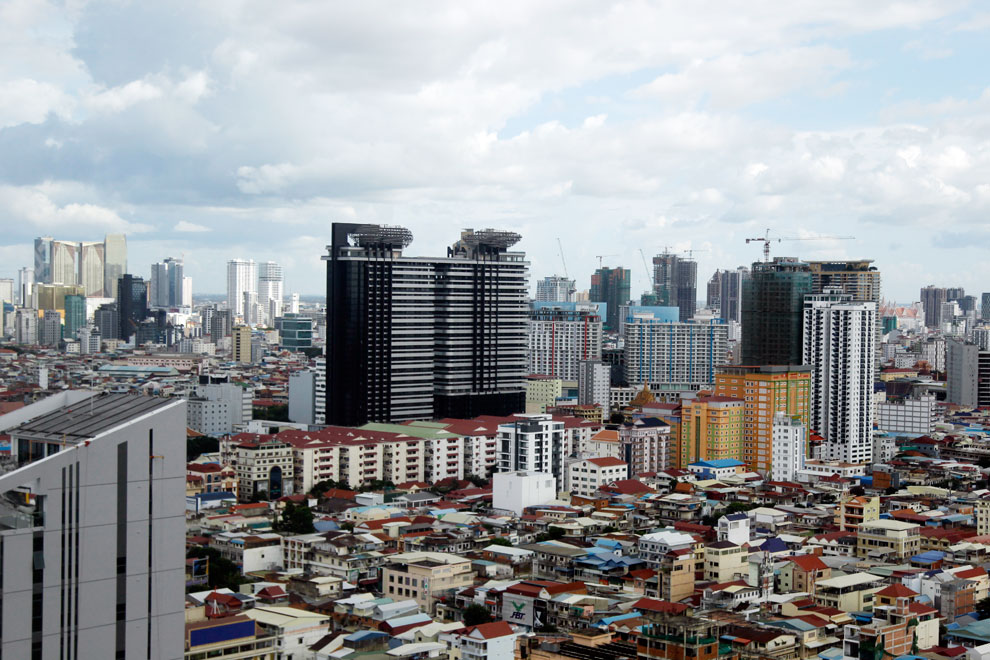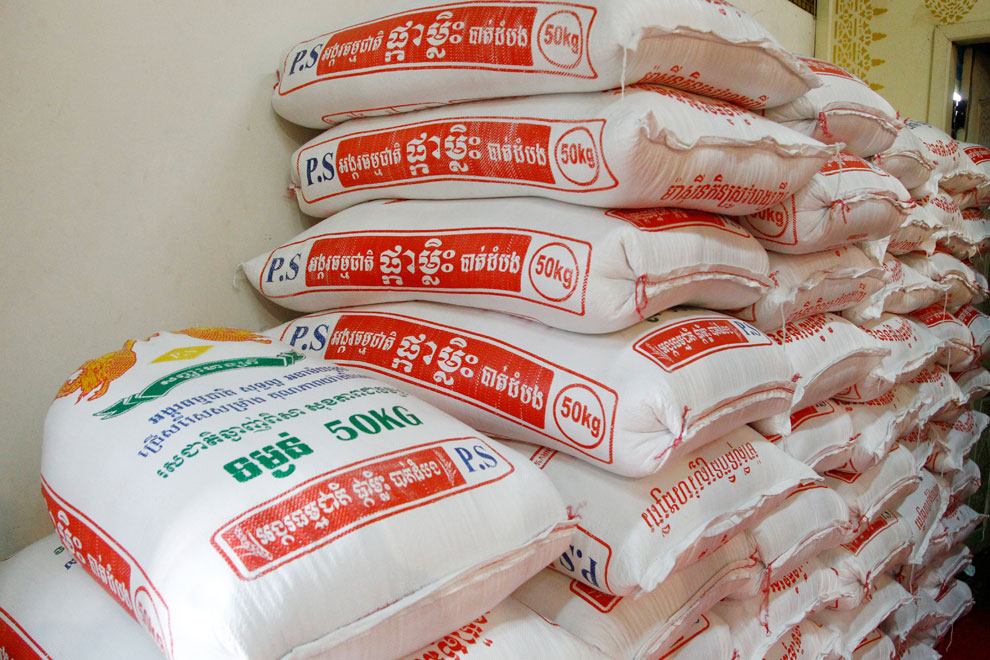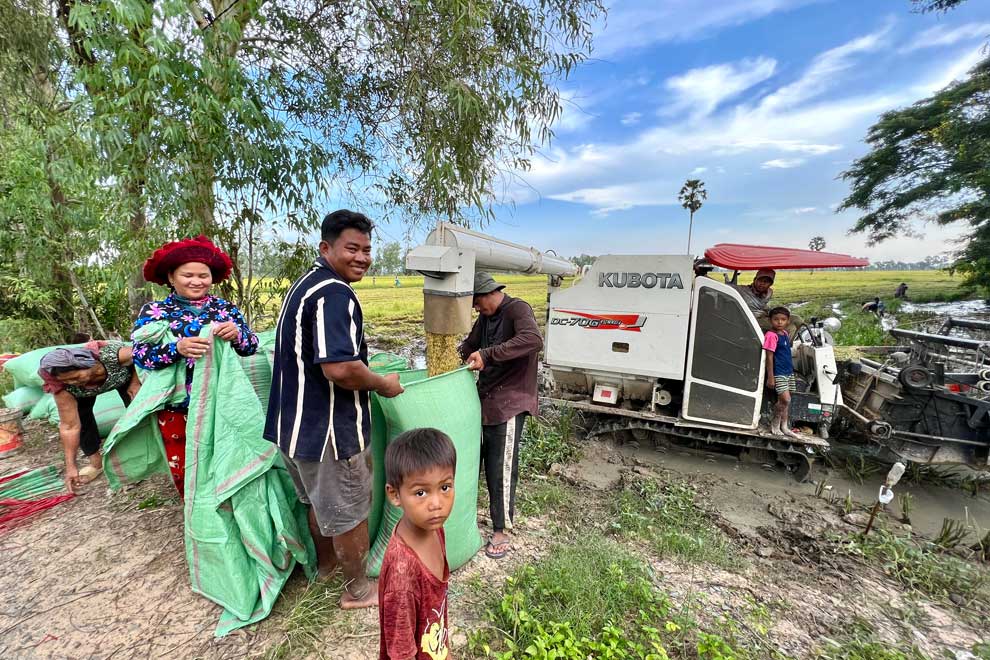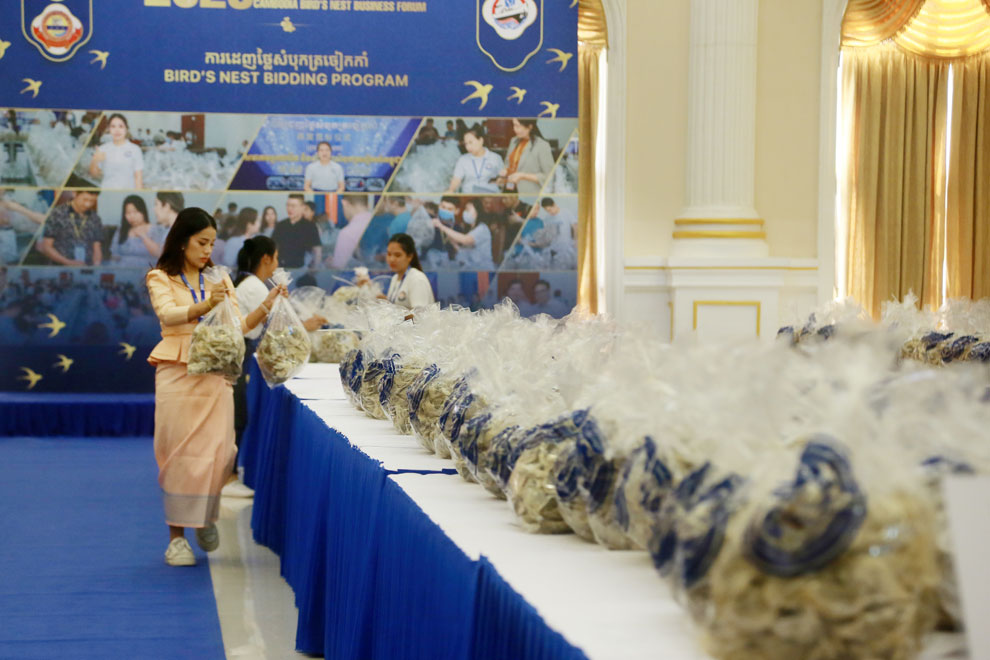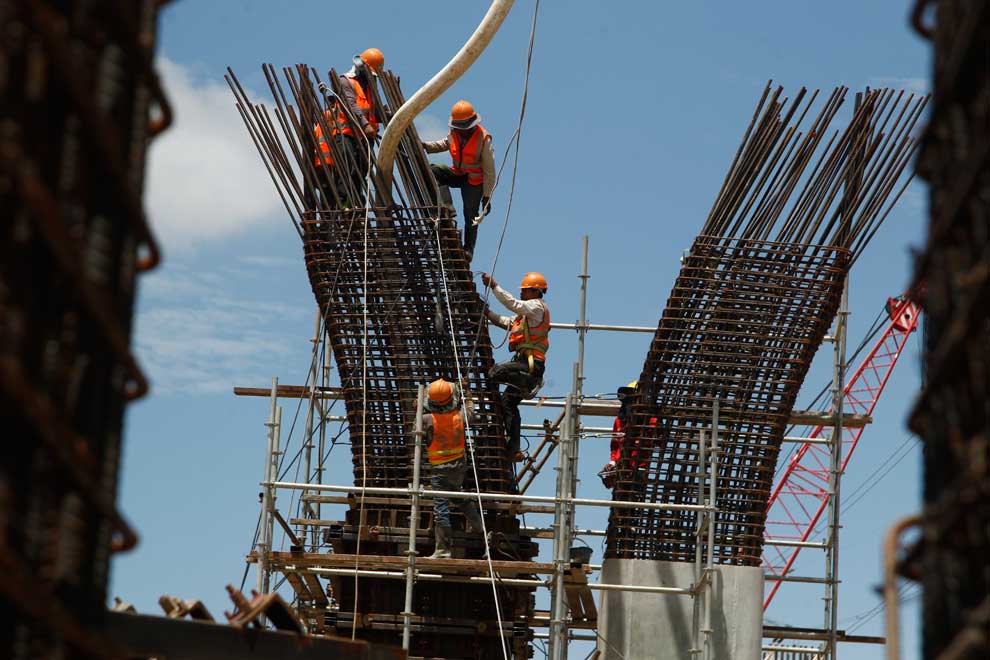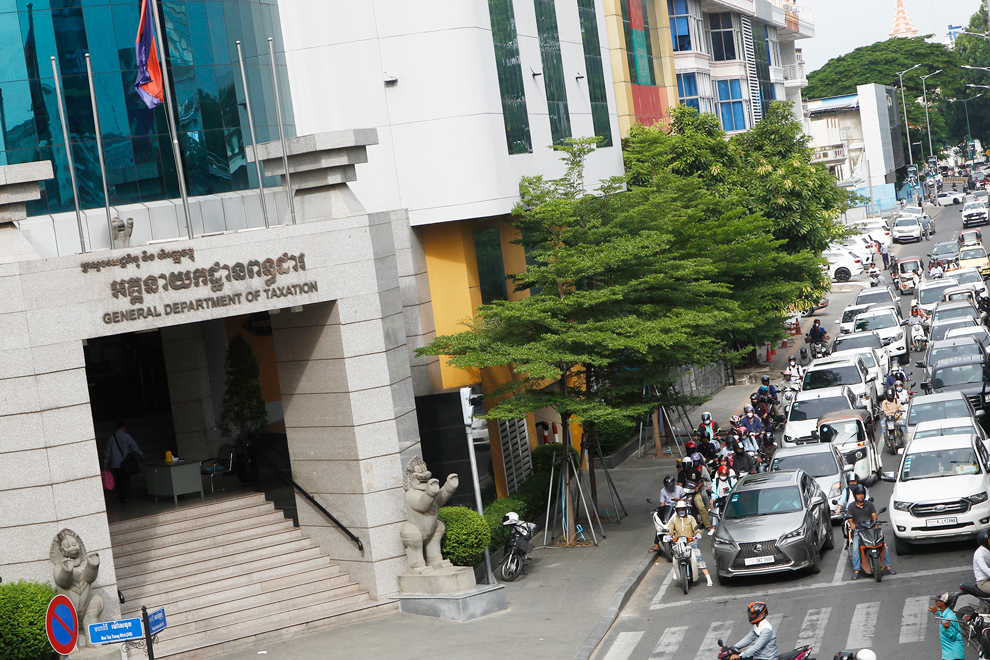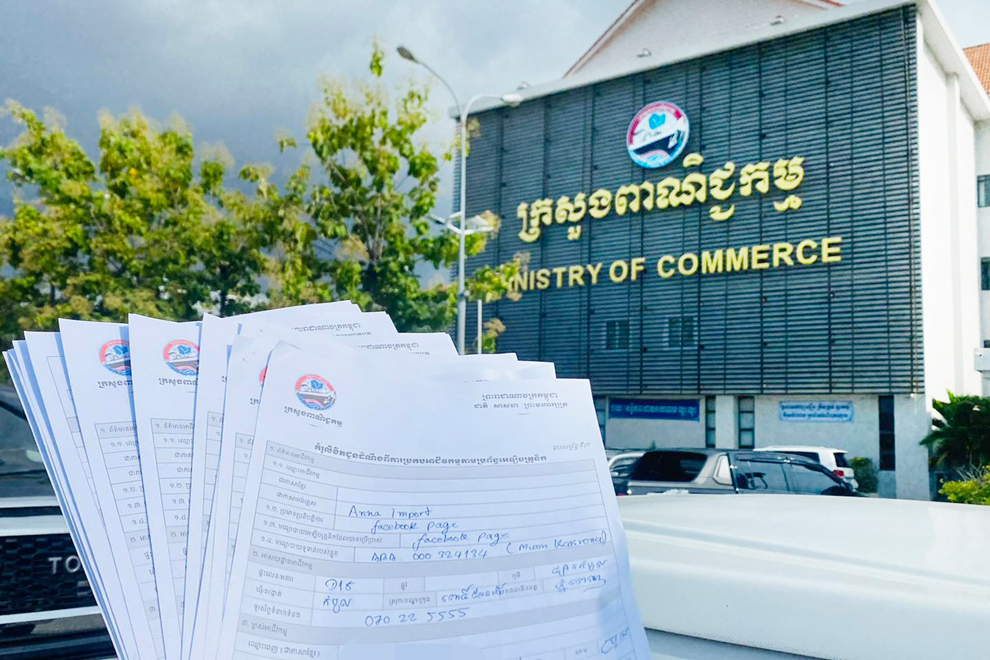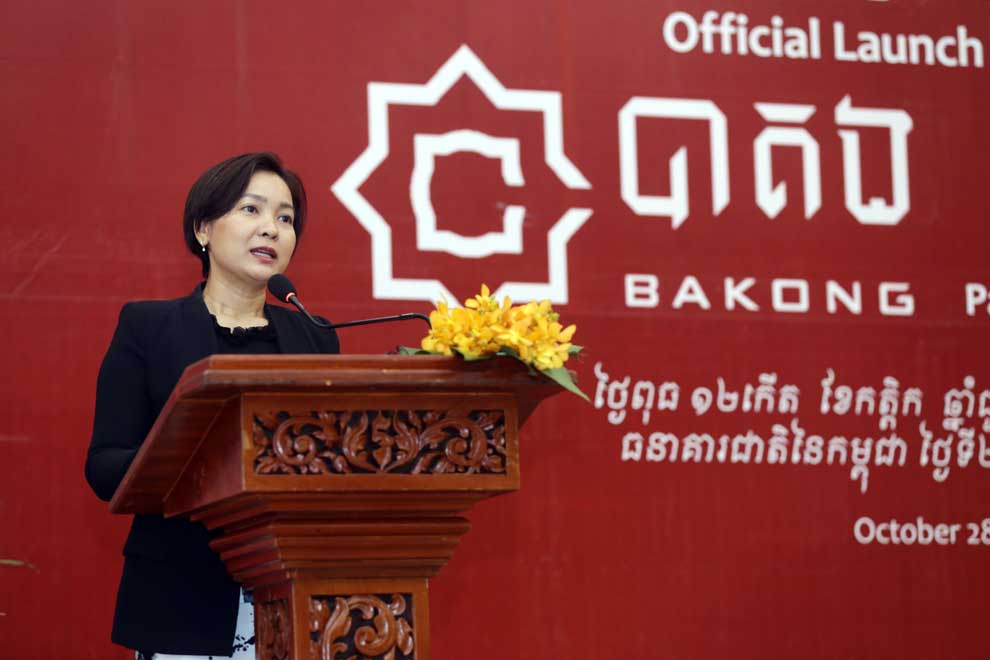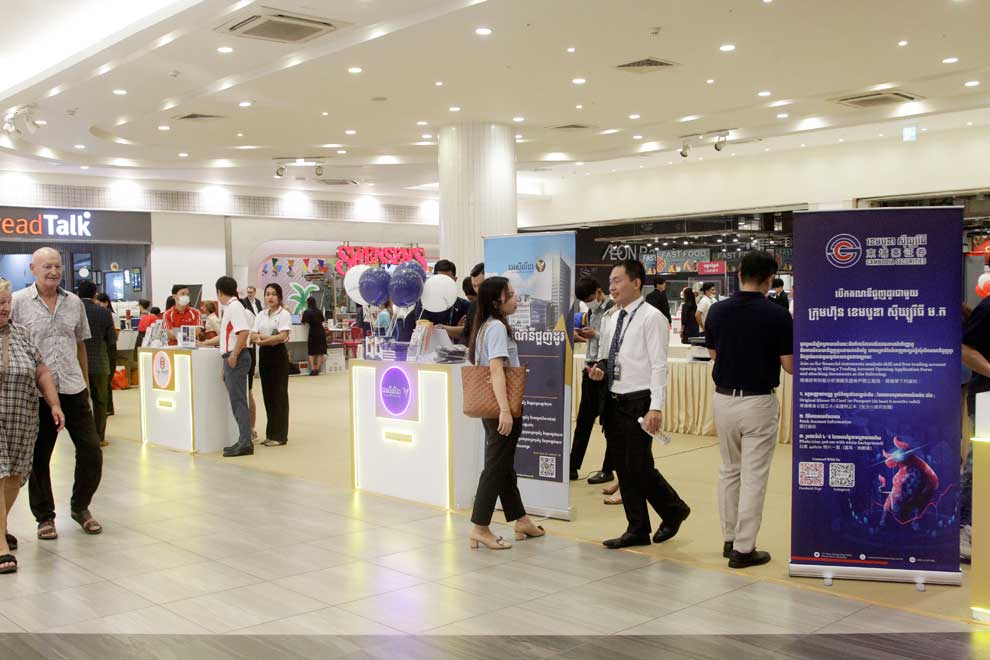$447M hydroelectric project advances regional economy
$447M hydroelectric project advances regional economy
The government has approved the construction of two hydro-power projects with a capacity of 170 Megawatts (MW), valued at almost $450 million.
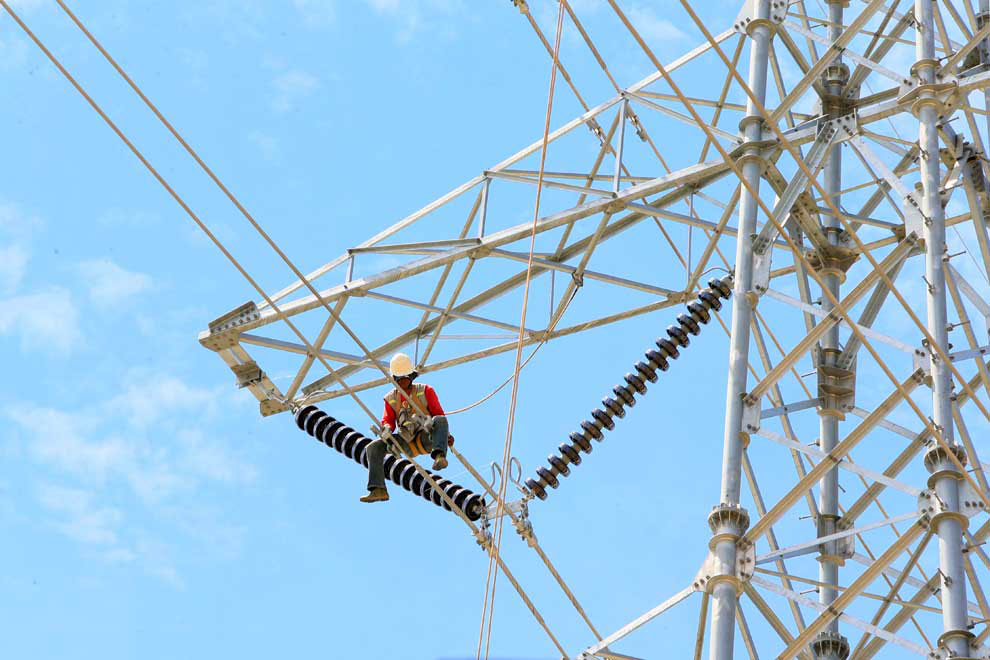
The initiatives will benefit not only the province but also contribute significantly to the nation’s power supply, according to the Council for the Development of Cambodia (CDC).
The group approved Khmer Electrical Power Co Ltd’s investment of $447.5 million for the ventures on November 21.
The Stung Russei Chrum Kandal Hydropower Plant, located in Koh Kong’s Mondul Seima district, will have a capacity of 70MW. The 100MW Stung Veal Thmor Kambot facility is located in the province’s Thma Bang district.
The construction of the plants is expected to create 230 new jobs and will adhere to a Build-Operate-Transfer (BOT) model, in which the company will erect and administer the stations for a contracted period of time before handing over control to the government or private sector.
Koh Kong provincial governor Mithona Phouthong stated on November 22 that the investment will considerably enhance the country’s economic growth. She emphasised the role of increased electricity supply in attracting more investors and tourists to the province.
“Every production chain, including services, all need electricity, so when there is more … it will help attract more investors to Cambodia,” she remarked.
Minister of Mines and Energy Keo Rattanak reflected on the country’s energy sector development since 1979 at the “Mines and Energy Policy in Cambodia” forum on November 21.
He noted that electricity was initially limited to just a few hours in the evenings in capitals and major cities. However, post-1998, the power capacity surged from 150MW to over 4,000MW, a nearly 30-fold increase.
Rattanak highlighted that over 62 per cent of current electricity usage comes from clean or renewable sources, with more than 40 per cent derived from hydropower. He contrasted this with the past reliance on diesel and oil, which produced a significant amount of pollution.
“Our energy sector has already almost doubled the ASEAN average for the 2023 plan,” he added.
Te Taingpor, president of the Federation of Associations for Small and Medium Enterprises of Cambodia (FASMEC), believes that more investors would be attracted if electricity prices could be reduced.
He emphasised that affordable energy is crucial for competitive production costs and, consequently, international market competitiveness.
“Fuel and electricity prices are important factors in attracting investors because [they] are key components for the production sector, in addition to the costs of raw materials and labour. When … prices are stable and low, investors will see opportunities in all these factors,” he explained.
The Ministry of Mines and Energy’s 2022 report states that the Kingdom had a total electricity capacity of 4,246.77MW. Over 73 per cent of this is locally generated, with the remainder imported from neighbouring countries. By the end of 2022, nearly 90 per cent of households nationwide had access to electricity from the national grid.
In addition to these hydro projects, the CDC also approved investments in six garment factories, totalling $32.26 million, which are expected to create 8,784 jobs.




